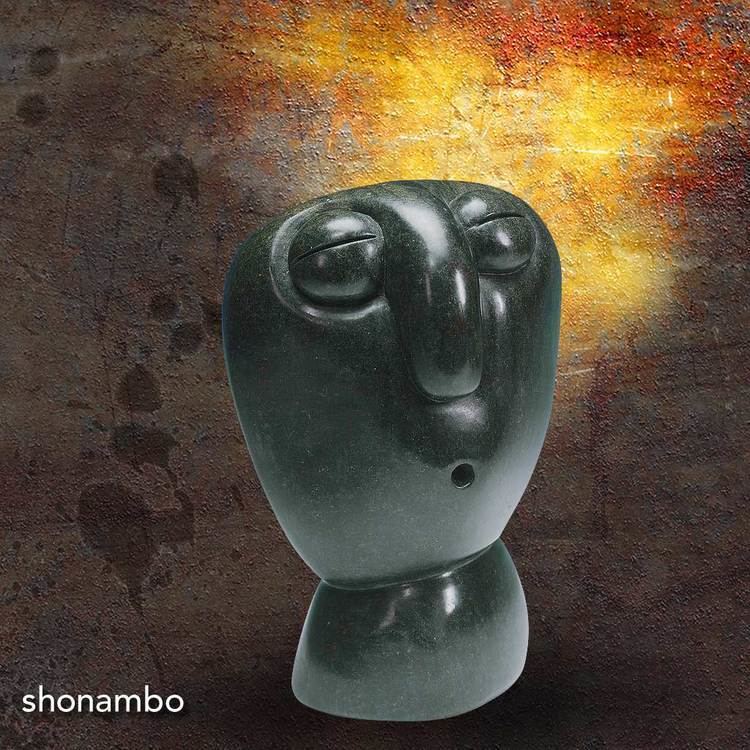Full Name Fanizani Akuda Name Fanizani Akuda | Education Informal Nationality Zambian Known for Sculpture | |
 | ||
Artwork Flat face, Young child, Father and son | ||
Fanizani Akuda interview
Fanizani Akuda, also known as Fanizani Phiri, was a member of the sculptural movement usually called "Shona sculpture" (see Shona art and Art of Zimbabwe), although he and some others of its recognised members were not ethnically Shona. He worked initially at the Tengenenge Sculpture Community, 150 km north of Harare near Guruve, which he joined in 1966.
Contents
- Fanizani Akuda interview
- Fanizani Akuda March 2010
- Early life and education
- Later life and exhibitions
- Selected solo or group exhibitions
- References

Fanizani died on 5 February 2011.

Fanizani Akuda March 2010
Early life and education

Fanizani Akuda, an ethnic Chewa was born in 1932 in what was then Northern Rhodesia. He received no formal schooling and in 1949 he moved to Southern Rhodesia in search of work. This led to employment as a cotton picker, bricklayer, and basket weaver: by 1966 he was working as a farm manager. However, in terms of his later success as a sculptor in stone, the most significant move came in that year when he was offered work by Tom Blomefield, a white South-African-born farmer of tobacco whose farm at Tengenenge near Guruve had extensive deposits of serpentine stone suitable for carving. Fanizani was initially a quarryman but after a period living in the artists’ community he took up sculpting: finding this provided a worthwhile financial return, he became a full-time sculptor alongside other well-known figures such as Henry Munyaradzi.
Later life and exhibitions
Akuda and his wife Erina had seven children. They had left Tengenenge in 1975 during the civil war, taking residence in Chitungwiza. After Zimbabwe’s independence in 1980, Tengenenge Sculpture Community re-established itself as a major sculpting centre but Fanizani did not return there. He continued to sculpt independently until his death in 2011.
In 1988, Fanizani’s sculpture Snake Man was highly commended in the Zimbabwe Heritage Exhibition, the annual exhibition of the National Gallery of Zimbabwe. Another of his 1988 works, I know you have stolen my eggs is pictured in the catalogue for the touring exhibition that visited European venues including the Yorkshire Sculpture Park in 1990
Akuda is probably best known for his ‘whistler’ figures. In these stylised heads, the prototypical face with its slit eyes is given a thin mouth line with a simple centrally placed borehole. This gives the ‘whistlers’ an acoustic trait: by tapping a thumb on the sculpture’s mouth, one can create a characteristic sound from the sculpture’s lips.
Olivier Sultan said of his work
"His characters are tender and humorous, constantly smiling, with mysterious slit eyes. They are often formed in pairs or groups. To Fanizani, family represents a poetic world, moving in its simplicity and its tenderness."
